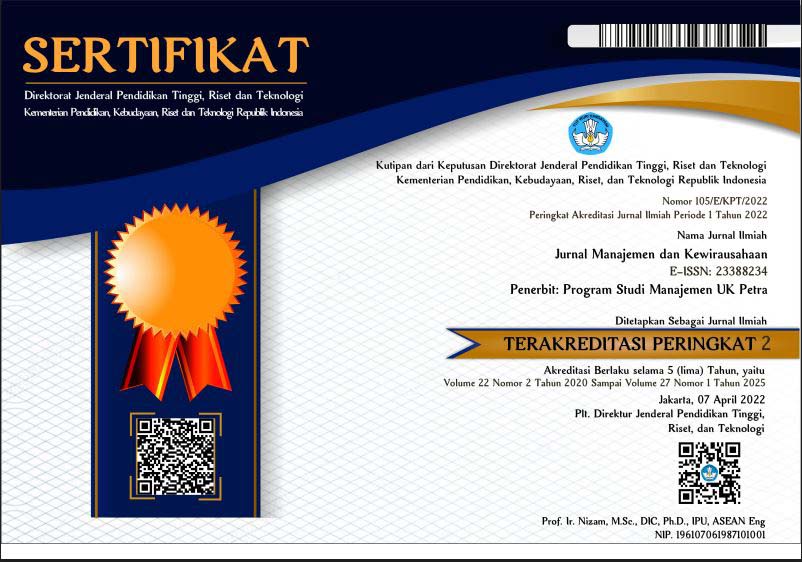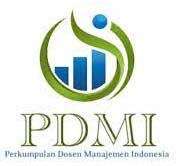Applying Portfolio Selection: A Case of Indonesia Stock Exchange
DOI:
https://doi.org/10.9744/jmk.14.1.13-22Keywords:
allocation, modern portfolio theory, portfolio selectionAbstract
This study has three objectives. First, we investigate whether Modern Portfolio Theory can be applied on the financial decisions that made by investors or individual in order to increase their wealth through investment activities. Second, we examine the real behavior of each asset in terms of capital assets pricing models. Third, we determine whether our portfolio is the best model to produce a higher return in a given level of risk or a lowest risk in a particular level of return. It is found that three different stocks listed in the Indonesia Stock Exchange have a positive relationship with market returns. The reactions of the investor regarding these stocks are not influenced by each other. Lastly, the minimum variance portfolio (MVP) point which represents the single portfolio with the lowest possible level of standard deviation, occurs when the expected return of portfolio is approximately 2.2 percent at a standard deviation of 8.8 percent.Downloads
Published
2012-04-10
How to Cite
Praptiningsih, M. (2012). Applying Portfolio Selection: A Case of Indonesia Stock Exchange. Jurnal Manajemen Dan Kewirausahaan, 14(1), 13–22. https://doi.org/10.9744/jmk.14.1.13-22
Issue
Section
Articles
License
Authors who publish on this journal agree to the following terms:
- Authors retain copyright and grant the journal right of first publication with the work simultaneously licensed under a Creative Commons Attribution License that allows others to share the work with an acknowledgement of the work's authorship and initial publication in this journal.
- Authors are able to enter into separate, additional contractual arrangements for the non-exclusive distribution of the journal's published version of the work (e.g., post it to an institutional repository or publish it in a book), with an acknowledgement of its initial publication in this journal.
- Authors are permitted and encouraged to post their work online (e.g., in institutional repositories or on their website) prior to and during the submission process, as it can lead to productive exchanges, as well as earlier and greater citation of published work (See The Effect of Open Access).

















